Orange Flowering Houseplant Varieties With Tropical Flair


Orange flowers on houseplants are not that common, but you can find a few to bring this cheerful color into your home. Orange in flowers typically symbolizes happiness, excitement, positivity, and enthusiasm. If you could use a little more of this kind of energy in your life, try growing these cheerful orange-blooming houseplants.
Kalanchoe
This houseplant with little orange flowers also comes in shades of red, pink, yellow, and white. You’ll often see Kalanchoe blossfeldiana for sale at the end of winter and into spring. It’s a common houseplant you can find nearly anywhere plants are sold, including grocery stores.
Native to Madagascar, kalanchoe is a succulent with fleshy, waxy, and dark green leaves. The small flowers grow in clusters. You can also find double-blooming varieties.
Grow kalanchoe in a location that gets plenty of bright sunlight. Avoid overwatering and make sure the soil and container drain well. Let the soil dry out between waterings for the best results.
Clivia
This houseplant with orange flowers is also known as bush lily. Clivia is related to amaryllis and also blooms in winter. Like amaryllis, the flowers grow on tall stems amid long, evergreen leaves. Unlike amaryllis, the flowers are small and clustered rather than large and single. The blooms are deep orange with yellow centers.
Clivia doesn’t need full sun, and it likes to be rootbound, so it’s an ideal houseplant. Let the soil dry between waterings. The fleshy root holds a lot of water. Keep your clivia plant cool, provide less water and stop fertilizing it in fall to encourage another season of orange winter flowers.
Orange Star
The orange star houseplant is also known as vase plant and drophead tufted air plant. Guzmania lingulata is an epiphyte and a bromeliad and doesn’t require soil to grow.
Gardening tips, videos, info and more delivered right to your inbox!
Sign up for the Gardening Know How newsletter today and receive a free copy of our e-book "How to Grow Delicious Tomatoes".
The common name comes from the reddish orange, star-shaped flowers. The colorful parts of the orange star are actually bracts, modified leaves, not petals. The flowers are small and white and nestled inside the showy bracts.
Use a potting mix designed for air plants or orchids. Water only sparingly but keep water inside the cup formed by the leaves to provide some humidity for this rainforest native. Orange star dies after flowering, but look for offshoots you can continue to grow as new plants.
Crossandra
Crossandra infundibuliformis, or firecracker flower, is a native of southern India and Sri Lanka. It is a flowering shrub with glossy leaves and an abundance of blooms that range in color from pale peach to salmon orange. The delicate petals overlap and fan out on top of a tubular base.
Although it is a shrub, crossandra does well as a houseplant in a container. Provide bright but indirect light and rich soil that drains well. Keep the soil moist but not soggy. Crossandra will not tolerate soil that is too dry for long. The location should be warm with humid air, so use a pebble tray or mister to keep it happy.
Flowering Maple
For a unique indoor plant with orange flowers try flowering maple, also known as Chinese lantern or Chinese bellflower. More popular in Victorian times, flowering maple is making a comeback.
The flowers on this small shrub are shaped like hanging bells and most often orange. You can also find pink or red cultivars. Grow flowering maple like a shrub or trim it into a small tree. Regardless, it does need regular pruning to avoid leggy growth.
It’s fairly easy to grow flowering maple in a container inside. Provide it with bright sun and any kind of potting soil. The soil should stay moist through the growing season, but you can let it dry out a little more in winter.

Mary Ellen Ellis has been gardening for over 20 years. With degrees in Chemistry and Biology, Mary Ellen's specialties are flowers, native plants, and herbs.
-
 Looking For Plants To Give You The Soft And Fuzzies? Try These 5 Fuzzy Leaf Plant Options
Looking For Plants To Give You The Soft And Fuzzies? Try These 5 Fuzzy Leaf Plant OptionsLovers of texture, drama, silver foliage and tactile plants will adore these special sensory garden additions. These fuzzy leaf plant options will leave you all aglow
By Susan Albert
-
 Get Ready For A Summer Of Hummers! Grow These Full Sun Hummingbird Plants and Flowers
Get Ready For A Summer Of Hummers! Grow These Full Sun Hummingbird Plants and FlowersIf you’re lucky enough to enjoy a sunny backyard, make sure you are maxing out on your pollinator opportunities and grow these full sun hummingbird plants and flowers
By Tonya Barnett
-
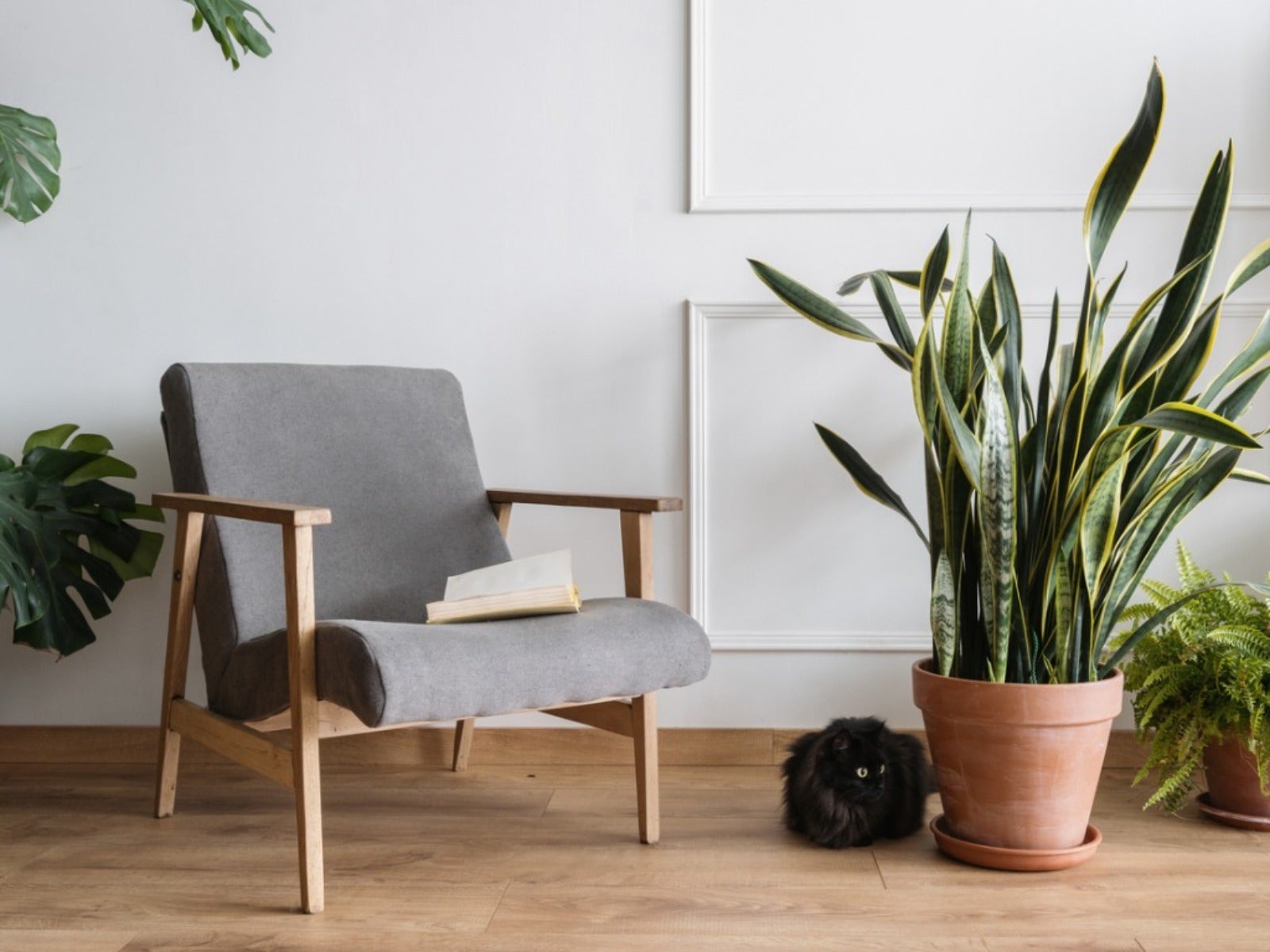 8 Easy Care Houseplants That Live A Long Time
8 Easy Care Houseplants That Live A Long TimeClick here to learn about our 8 favorite low maintenance houseplants that can, with proper care, live a long time.
By Amy Grant
-
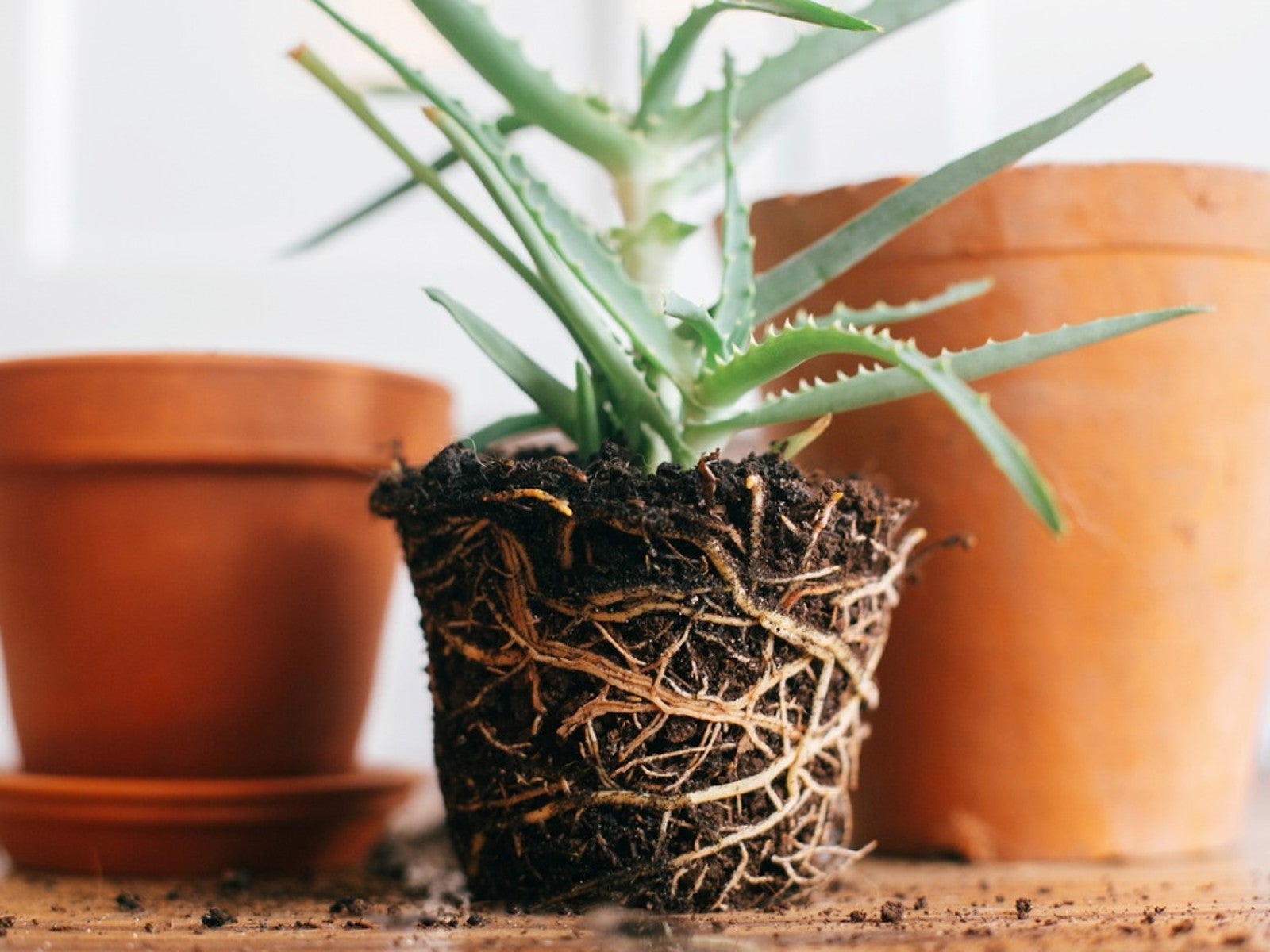 How Often Should You Repot Plants?
How Often Should You Repot Plants?Escaping roots and shrinking leaves may mean your plant wants a new pot, but some like staying cramped and cozy.
By Mary Ellen Ellis
-
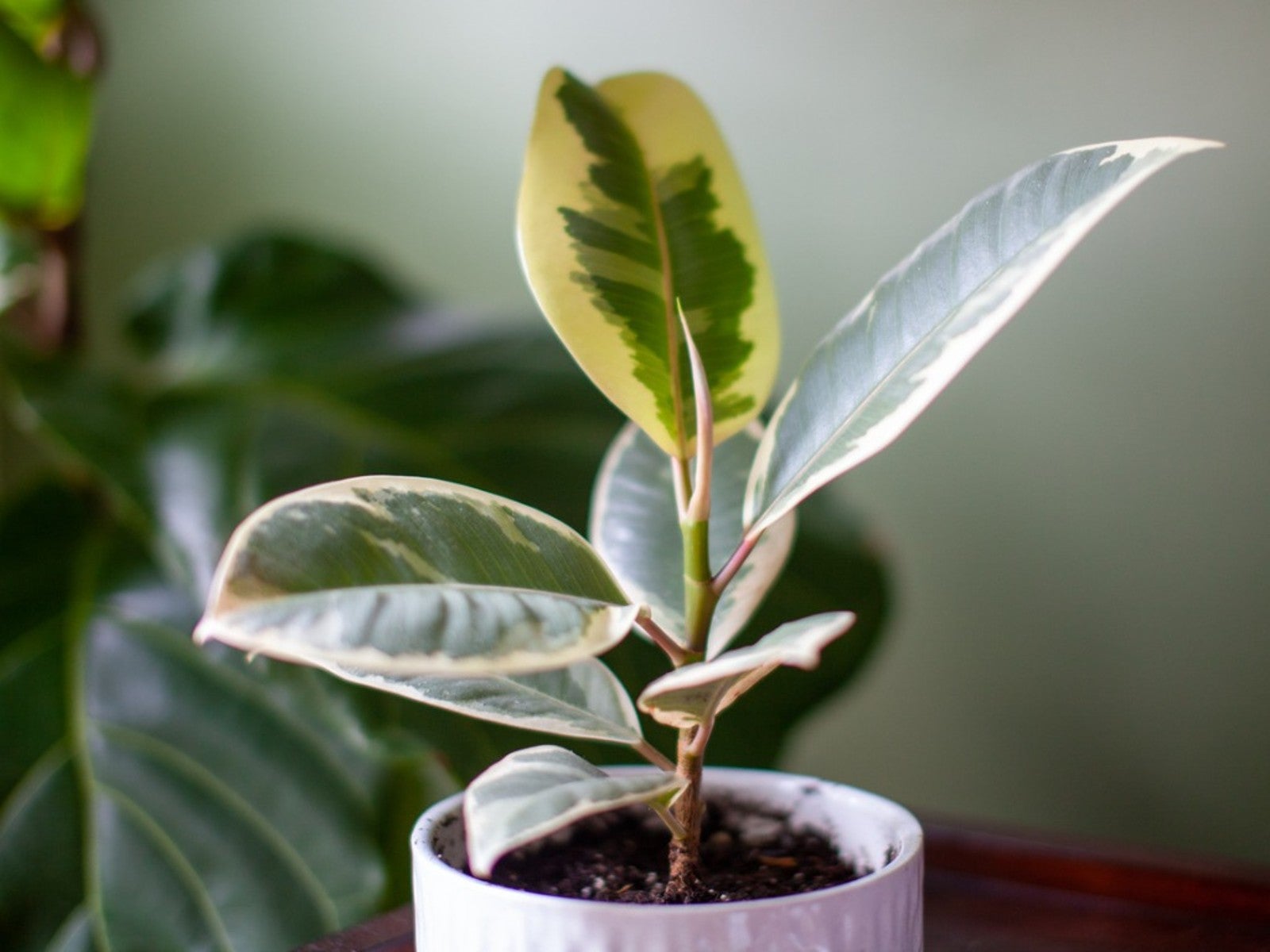 Variegated Houseplants With Lovely Leaves
Variegated Houseplants With Lovely LeavesWhat are some of the best variegated houseplants to add to your collection? Click here to find out.
By Amy Grant
-
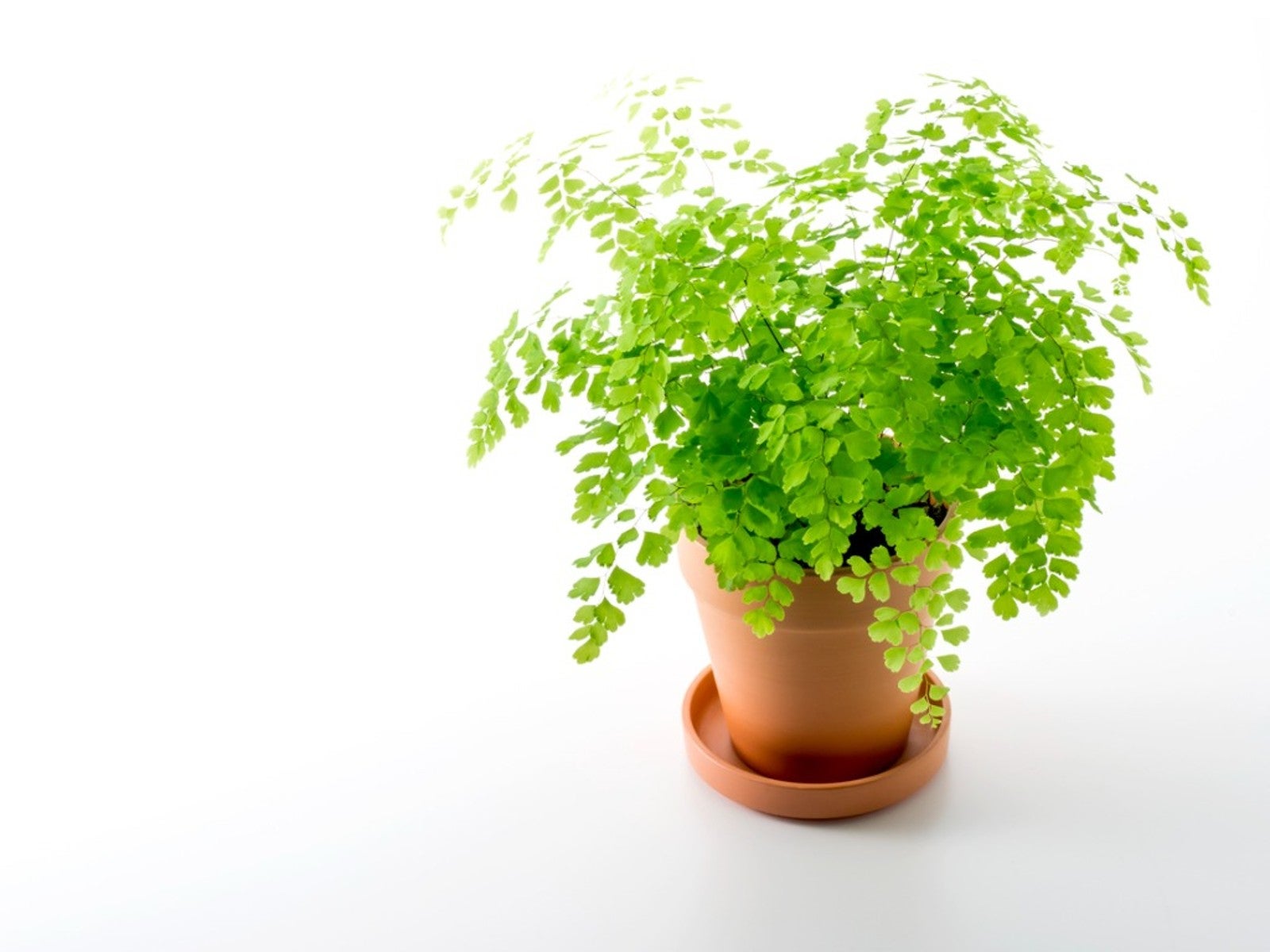 Lovely, Lacy Indoor Foliage Plants
Lovely, Lacy Indoor Foliage PlantsClick here to learn about some houseplants with lacy foliage to add to your collection.
By Mary Ellen Ellis
-
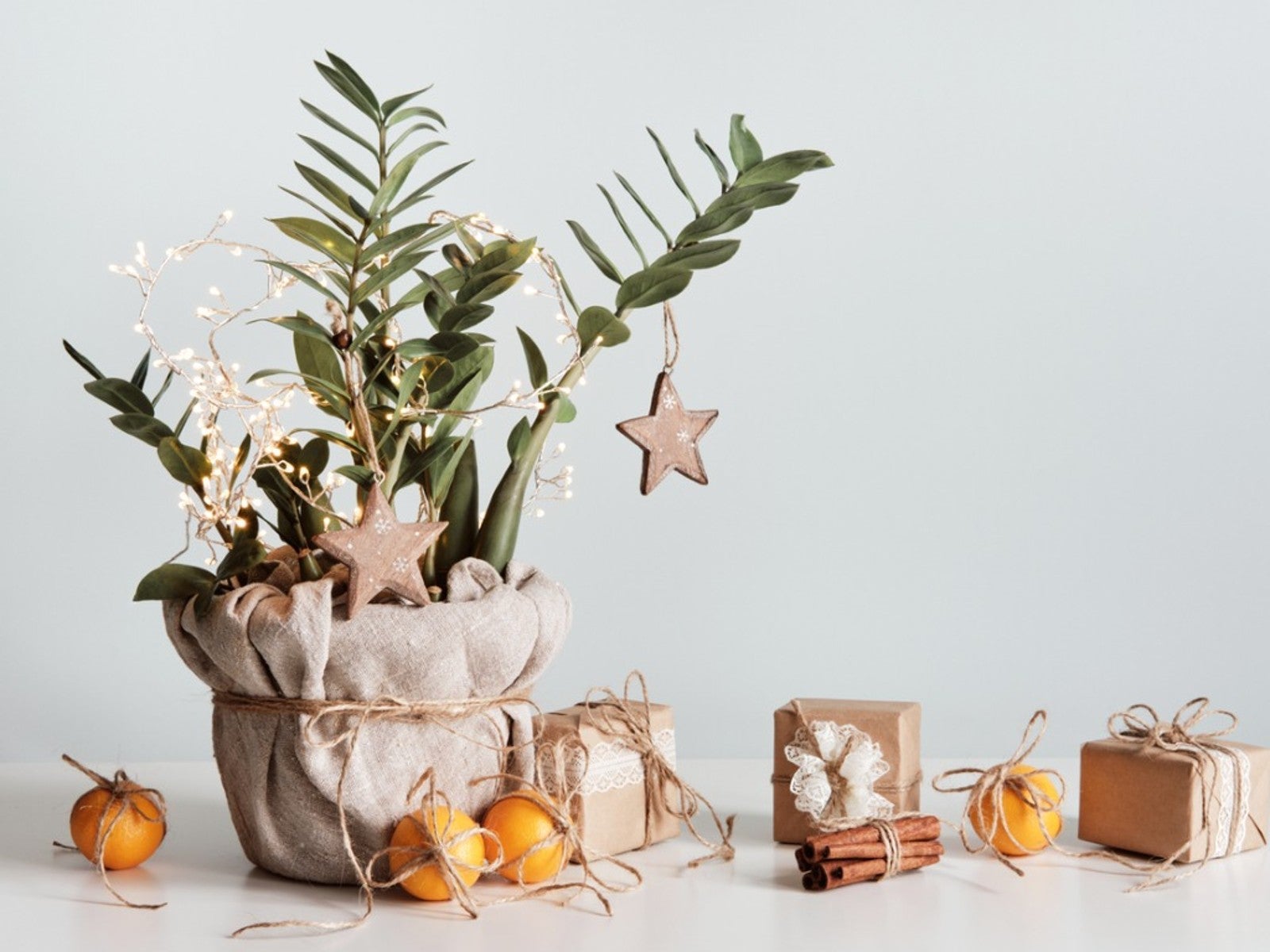 Best Christmas Houseplants And Plants For Winter Holidays
Best Christmas Houseplants And Plants For Winter HolidaysClick here for an idea of the best houseplants to use for holiday décor for Christmas, Hanukkah, Kwanzaa, and New Year’s.
By Laura Miller
-
 Best Big Houseplants To Create An Indoor Oasis
Best Big Houseplants To Create An Indoor OasisIf you have the space you may want to grow some large houseplants. Here are some ideas.
By Mary Ellen Ellis
-
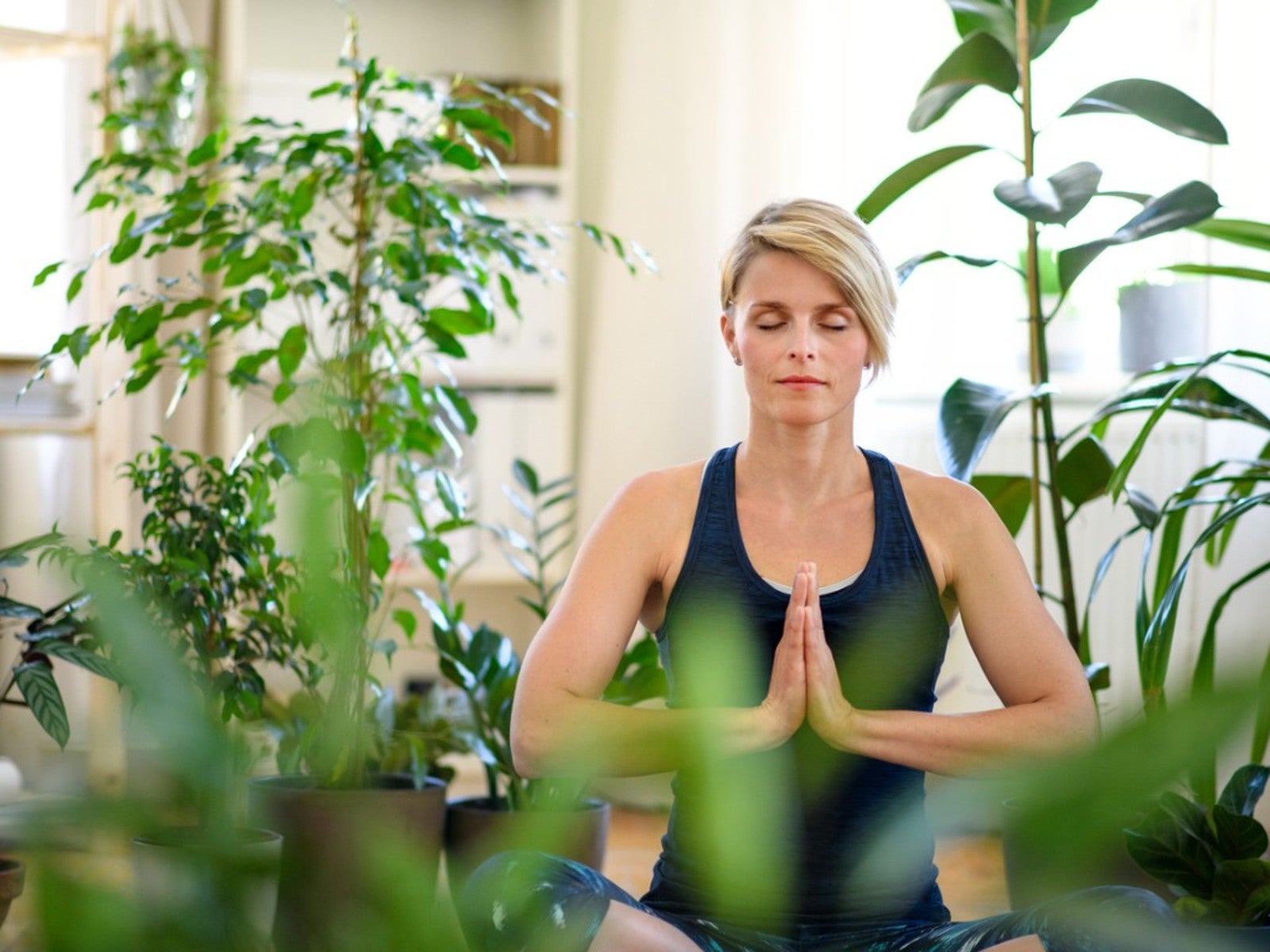 Relaxing Plants To Grow Indoors For A Calmer Mind
Relaxing Plants To Grow Indoors For A Calmer MindAre there houseplants that can help you to relax? Click here to find out.
By Laura Miller
-
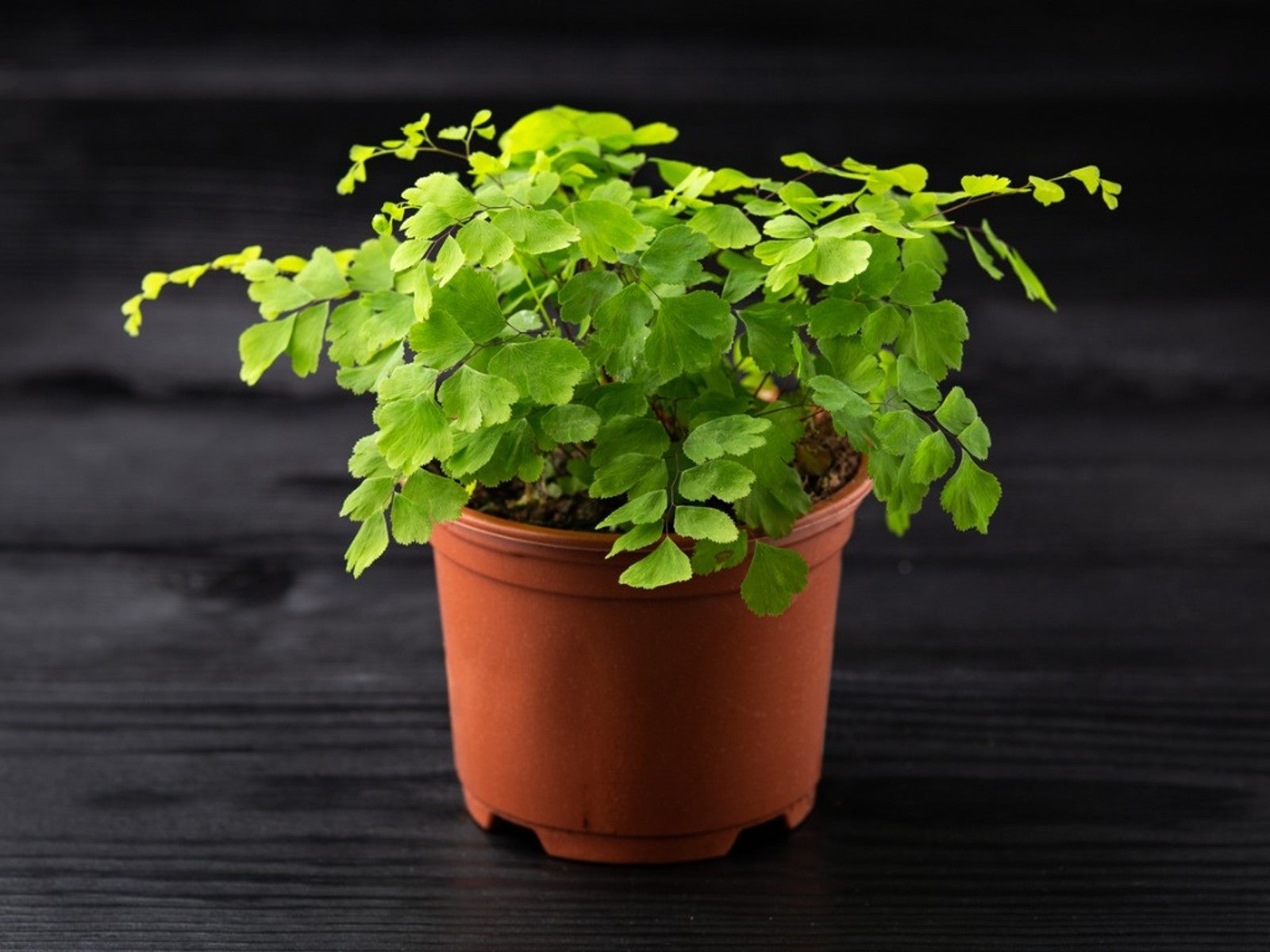 Best Small Low Light Indoor Plants
Best Small Low Light Indoor PlantsWhat are the best small indoor plants for low light situations? Click here to find out.
By Becca Badgett